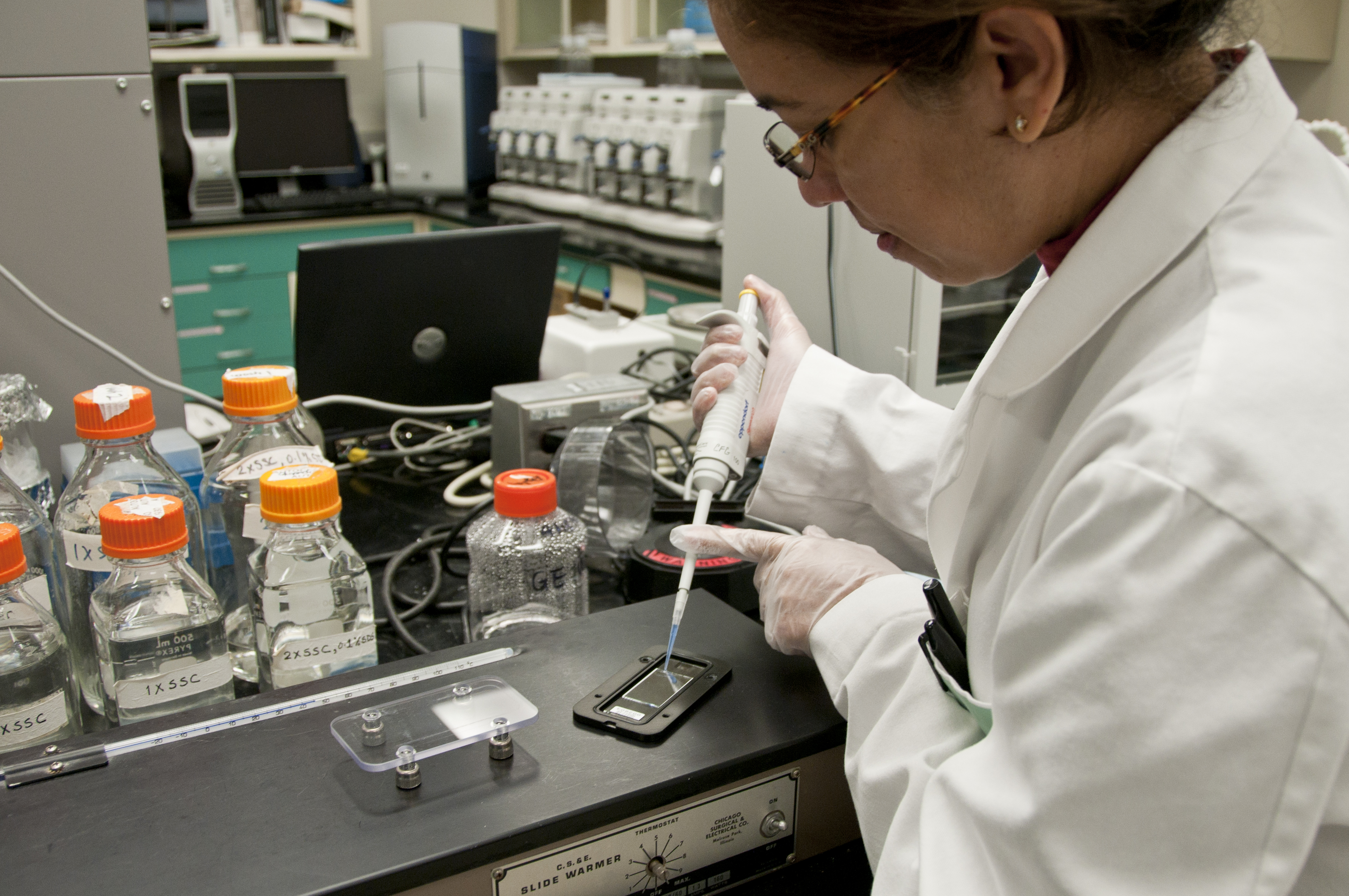
Photo from academic.microsoft.com
One of the most common adverse effects, in the case of medicines used voluntarily or not, of over dosage, or even of drugs administered in therapeutic doses, is hepatic injury,… Click to show full abstract
One of the most common adverse effects, in the case of medicines used voluntarily or not, of over dosage, or even of drugs administered in therapeutic doses, is hepatic injury, which is why, in the pharmaceutical research, the experimental compounds are assessed before and during clinical trials, so that only compounds that prove to be safe for commercial use will be approved. In our case, compounds obtained prior to this study were evaluated from a biological point of view, following in vitro tests, establishing the antimicrobial potential, on bacterial strains and fungal strains. In addition, in vivo tests were performed on mice, for completing the pharmacotoxicological profile: evaluation of the hepatic markers (GPT, GOT, alkaline phosphatase, total serum cholesterol and serum albumin). The results demonstrate that different structural modulations of isoniazid can favourably influence the antimicrobial activity and may lead to an improvement of liver markers, after oral administration.
Journal Title: Farmacia
Year Published: 2020
Link to full text (if available)
Share on Social Media: Sign Up to like & get
recommendations!